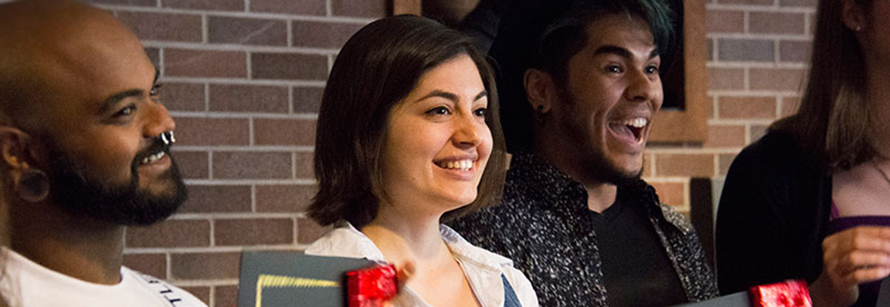The following is an important message to the University community from York President and Vice-Chancellor Rhonda Lenton, Interim Vice-President Academic and Provost Lisa Philipps, and Interim Vice-President Finance and Administration Trudy Pound-Curtis:
We are pleased to announce some organizational changes in York’s Faculty Relations area, intended to support the enhancement of our capacity and services in this area and to clarify roles and responsibilities. Effective July 17, Barry Miller will assume the role of Senior Policy Advisor on Labour Relations; and Leanne DeFilippis will be appointed Interim Executive Director of Faculty Relations. Both positions will report to the Vice-President Academic and Provost.
Barry has served as Executive Director of Faculty Relations since 2009, previously serving as Executive Director of Employee Relations from 2006 to 2009 and as Director of Academic Employee Relations from 2001 to 2006. Barry has provided outstanding stewardship of the Faculty Relations department. His recognized expertise in university collective bargaining and labour relations has been much appreciated by colleagues across the University and across the country. In his new role as Senior Policy Advisor, he will focus on providing strategic advice to the senior leadership of the University on a range of key labour relations matters.
As Interim Executive Director of Faculty Relations, Leanne will oversee the provision of support and advice across the University in matters of academic contract administration and dispute resolution, and contribute to professional development activities for academic community members as part of ensuring their success, including assistance to new faculty and staff members in their transition to York (including immigration). Leanne brings to the position extensive faculty relations experience. She holds an LLB from Osgoode Hall Law School, and in her current position in the office of the University General Counsel, she provides support to the offices of human resources and faculty relations, and practices in the areas of human rights law and general litigation. She is also coordinator of the Accessibility for Ontarians with Disabilities office.
Over the next six months, we will be reviewing how the University can best deliver human resources and faculty relations functions in order to provide outstanding services to the community in these areas in support of our academic priorities. Further announcements will follow as these discussions proceed.























 Researchers were also surprised to find the neonicotinoid-contaminated pollen collected by the honeybees came not from crops grown from neonicotinoid-treated seeds, but plants growing in areas adjacent to those crops.
Researchers were also surprised to find the neonicotinoid-contaminated pollen collected by the honeybees came not from crops grown from neonicotinoid-treated seeds, but plants growing in areas adjacent to those crops.

 The event, which took place in the lower lobby of the Sherman Health Science Research Centre, brought together 50 researchers to hear talks and poster presentations about the research.
The event, which took place in the lower lobby of the Sherman Health Science Research Centre, brought together 50 researchers to hear talks and poster presentations about the research. York biology and psychology Professor Jennifer Steeves, who is a researcher in the Centre for Vision Research and director of the York MRI Facility, said “we have great breadth of MRI research taking place at the York MRI Facility and this is a wonderful opportunity to interact with our MRI colleagues and learn about their work.”
York biology and psychology Professor Jennifer Steeves, who is a researcher in the Centre for Vision Research and director of the York MRI Facility, said “we have great breadth of MRI research taking place at the York MRI Facility and this is a wonderful opportunity to interact with our MRI colleagues and learn about their work.”

